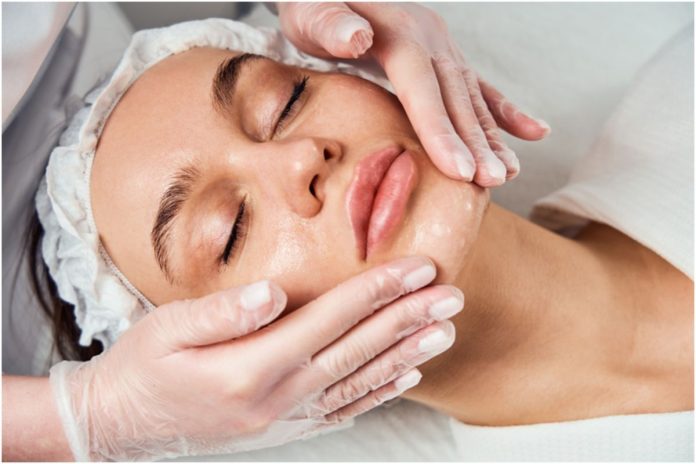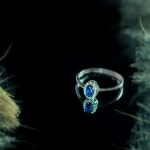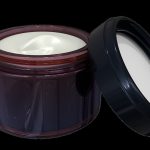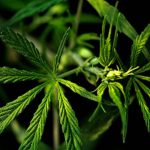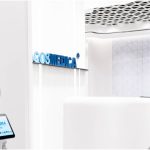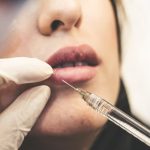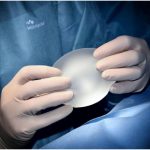Glycolic Acid Peels: Glycolic acid is all the rage right now, popping up in skincare products from cleansers to masks. Glycolic acid is a powerhouse ingredient, and one of the most effective ways to use it is in a highly concentrated glycolic acid face peel. If you’re curious about getting a glycolic acid peel and want to know more, here’s what you should know about this skincare phenomenon:
What is a glycolic acid peel?
Chemical peels refer to chemical exfoliating products that exfoliate your face by dissolving the bonds between dead skin cells. While it may sound intimidating, chemical exfoliants are more gentle and effective than physical exfoliants, which usually remove dead skin cells by rubbing small, rough particles against the skin.
Because of its efficacy, safety and relative affordability, glycolic acid can be an ingredient in many different skincare products, from cleansers to serums. Face peels typically refer to products that contain a higher concentration of glycolic acid and therefore are meant to offer a potent exfoliating effect. Glycolic acid peels are available as at-home over-the-counter products and also as professional treatments administered at dermatologist or esthetician offices.
How does a glycolic acid peel work?
Glycolic acid is a particular type of chemical exfoliant that is a member of the alpha hydroxy acid (AHA) family. It has a relatively small molecule size, which means that it can penetrate deep into the skin to effectively remove dead skin cells and deliver a smooth, glowing complexion.
Most glycolic acid face peels have a concentration of between 30-70 percent glycolic acid and are meant to be used no more than once a week — and often only once every few weeks or months. These stronger peels are usually administered at dermatologists’ or estheticians’ offices due to the potential for more side effects. You should usually skip exfoliating for at least a week prior to these professional treatments and also for some time after as well. Your treatment provider will give you specific instructions before your appointment.
You can also find over-the-counter glycolic acid face peels with concentrations ranging from five to 30 percent acid. Products in the higher 30 percent range should not be used more than once a week. They are usually left on the face for a specified amount of time and then washed off.
You can also find products that have an even lower concentration of 10 percent acid. These are usually okay to use more than once a week once you have built up your skin’s tolerance to it. They may be left on the skin or washed off after a specific amount of time, depending on the product’s instructions. Always follow the instructions for any at-home glycolic acid peel and err on the side of caution when in doubt.
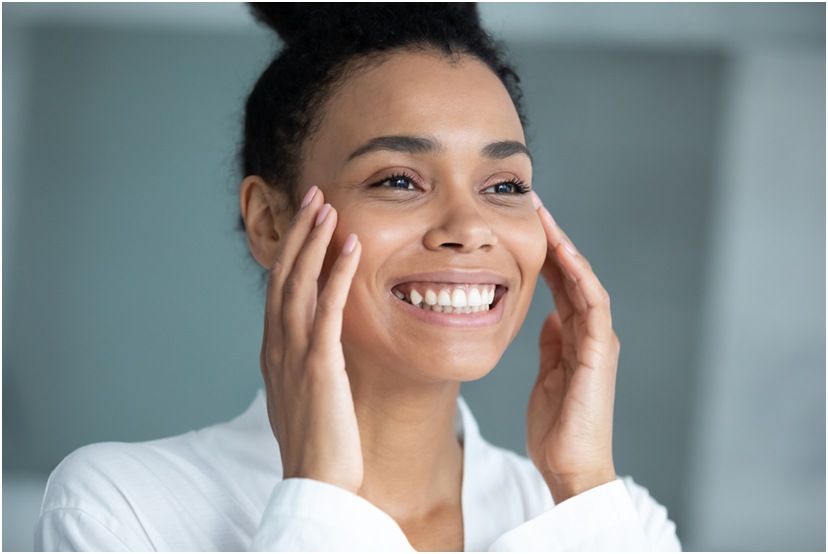
Benefits of a glycolic acid peel
Obviously, the main benefit of a glycolic acid face peel is exfoliation. This means that it will remove dry patches and dead skin cells and give your skin an overall smoother appearance. It will also help to clear out excess sebum and other substances that could be blocking your pores.
However, the benefits of a glycolic acid peel go far beyond simple exfoliation, especially when it comes to professional treatments. Glycolic acid peels can help with reducing hyperpigmentation, minimizing scarring, smoothing out fine lines and wrinkles, evening out your skin tone and even treating ingrown hairs.
Keep in mind that it might take multiple treatments to realize these kinds of results. You will also need to keep getting glycolic face peels regularly in order to maintain your new and improved complexion. This is because your skin continually produces dead skin cells, so you can’t just get one peel and then be done. You have to do it on a regular basis to keep getting results.
Skincare after a glycolic acid peel
Any kind of chemical exfoliation leaves your skin more sensitive afterward, so you need to give it some TLC. Stick with gentle facial cleansers and moisturizers and don’t use any other active treatments on the days when you use a glycolic facial peel. Avoid products and activities that will dry out the skin, including hot water. Use lukewarm water instead.
Glycolic acid makes your skin more sensitive to the sun. It’s best to do a face peel at night instead of in the morning. You should also diligently wear sunscreen with an SPF of at least 30 every day to protect your skin from UV damage.

Potential side effects of a glycolic acid peel
Any chemical exfoliator comes with potential side effects, and the same is true for glycolic acid face peels. The most common side effect is a burning or stinging sensation. This may be temporary and subside quickly, or it may continue for a long time. If the feeling lasts for more than a few seconds, you should immediately wash off the peel.
Glycolic acid face peels can also result in skin irritation, including swelling and redness that persists for hours or days. It can also occasionally cause the reactivation of cold sores. Glycolic acid should also be kept far away from cuts, scrapes, open acne lesions and other openings in the skin, as it will cause a severe burning sensation.
Chemical exfoliants of any kind should always be kept far away from your eye area. If they come in contact with the eye, they will cause a burning sensation, swelling and irritation. Eye skin is too delicate for chemical exfoliants and should never be exfoliated.
Have you gotten a glycolic acid peel, or are you just hoping to in the future? Have you ever experienced any side effects from using glycolic acid face peels? Let us know in the comments below!


